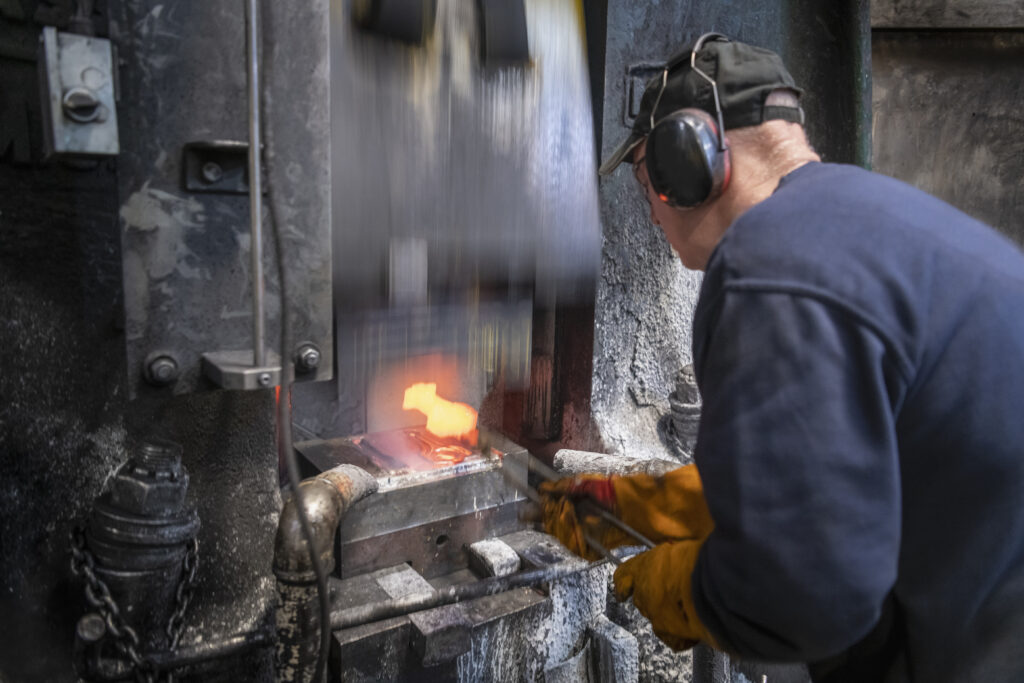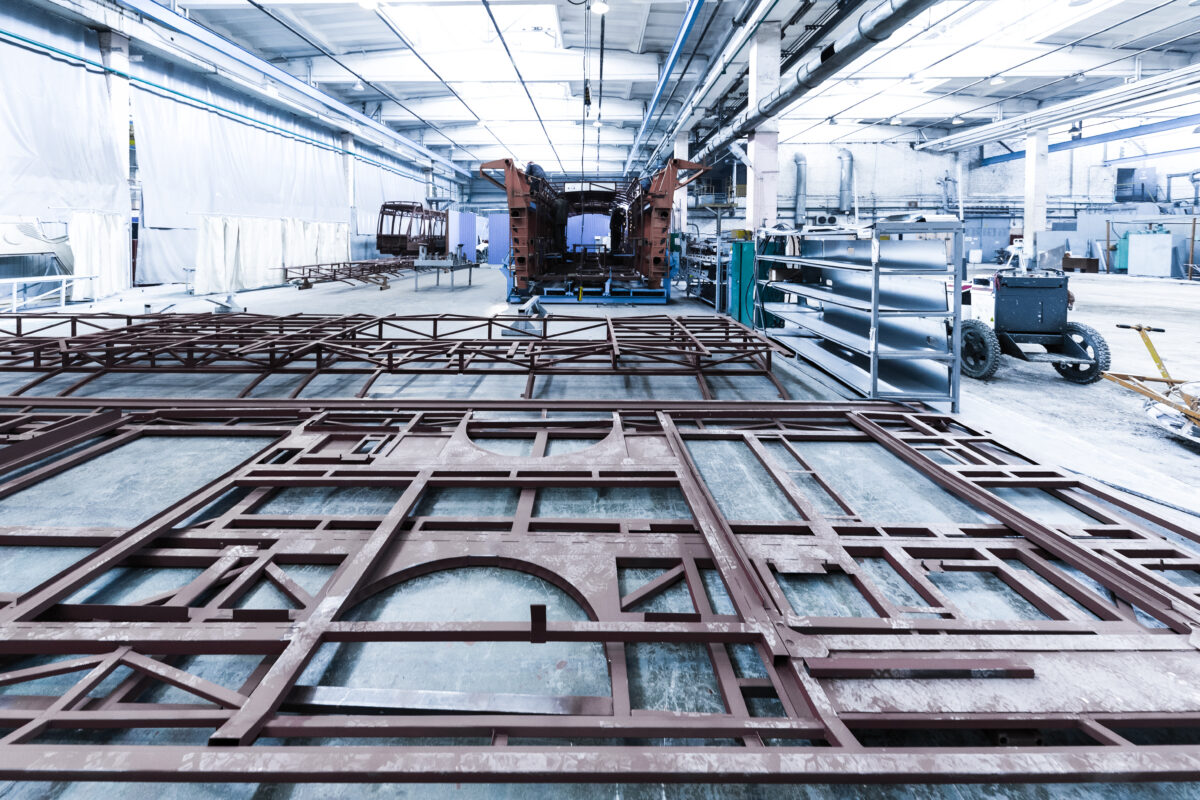Implementing quality control measures is not just a procedural step; it’s a strategic initiative that ensures every product leaving the manufacturing facility meets or exceeds the highest standards.
In this section, we will delve into specific quality control measures and outline the steps to implement them effectively, creating a robust framework for manufacturing excellence.
Key Components of Quality Control Measures

1 – Product Design Analysis
Step 1: Collaboration between Design and Production Teams
Establish a collaborative approach where the design and production teams work closely from the initial stages.
Step 2: Design for Manufacturability (DFM) Assessment
Integrate DFM principles to ensure that the product is not only innovative but also manufacturable with high quality.
2 – Raw Material Inspection
Step 1: Establish Supplier Quality Standards
Clearly define quality standards for raw materials in collaboration with suppliers.
Step 2: Regular Supplier Audits
Conduct regular audits to ensure suppliers adhere to established quality standards.
3 – In-Process Quality Control
Step 1: Define Critical Control Points (CCPs)
Identify key stages in the production process where quality control interventions are critical.
Step 2: Real-time Monitoring
Implement real-time monitoring using sensors and automation to detect deviations from quality standards promptly.
4 – Finished Product Inspection
Step 1: Random Sampling Techniques
Develop a robust random sampling strategy for finished products to ensure representative quality checks.
Step 2: Comprehensive Testing Protocols
Implement comprehensive testing protocols, including performance, durability, and safety tests.
5 – Quality Audits
Step 1: Schedule Regular Audits
Establish a schedule for internal and external audits to evaluate the overall effectiveness of quality control measures.
Steps to Implement Quality Control Measures

Conduct a Comprehensive Quality Assessment
Step 1: Initial Quality Baseline
Evaluate the current state of quality within the organization to establish a baseline.
Step 2: Gap Analysis
Conduct a gap analysis to identify areas where existing practices fall short of desired quality standards.
Invest in Technology and Automation
Step 1: Technology Assessment
Assess the technological needs for quality control and invest in state-of-the-art tools and automation.
Step 2: Integration with Existing Systems
Ensure seamless integration of new technologies with existing production systems.
Employee Training and Skill Development
Step 1: Training Needs Analysis
Identify specific skills and knowledge gaps within the workforce.
Step 2: Customized Training Programs
Develop tailored training programs focusing on quality control measures and the use of new technologies.
Establish Clear Standard Operating Procedures (SOPs)
Step 1: SOP Development
Create comprehensive SOPs for every stage of the production process.
Step 2: Training on SOPs
Ensure that all employees are trained on and understand the SOPs relevant to their roles.
Implement a Closed-Loop Feedback System
Step 1: Real-time Data Capture
Implement systems to capture real-time data from various stages of production.
Step 2: Feedback Analysis and Action
Analyze the data to provide immediate feedback to relevant teams and implement corrective actions swiftly.
Continuous Monitoring and Improvement
Step 1: Establish Key Performance Indicators (KPIs)
Define KPIs that align with quality control objectives.
Step 2: Regular Performance Reviews
Conduct regular reviews using KPIs to monitor the effectiveness of quality control measures.
Engage Employees in Quality Improvement Initiatives
Step 1: Employee Feedback Mechanism
Establish channels for employees to provide feedback on quality-related issues.
Step 2: Recognition and Rewards
Implement a system for recognizing and rewarding employees who contribute to quality improvement.
Regularly Update Quality Control Measures
Step 1: Periodic Review of Measures
Conduct regular reviews of existing quality control measures.

Step 2: Adaptation to Industry Changes
Stay abreast of industry advancements and adjust quality control measures accordingly.
Collaborate with External Quality Standards Organizations
Step 1: Identify Relevant Standards
Identify and align with external quality standards relevant to the industry.
Step 2: Certification Process
Initiate the certification process to demonstrate adherence to industry-recognized quality standards.
Implement Quality Control Measures
Ensure front-line teams do their work correctly every time. Drag & drop digital procedures that unlock operational excellence.
Build and deploy enterprise-grade mobile applications in seconds using an easy drag-and-drop no-code builder.
FAT FINGER uses machine learning to coach app users in real-time to make safer and improved decisions.
Try building your digital procedure on FAT FINGER for free @ www.fatfinger.io



